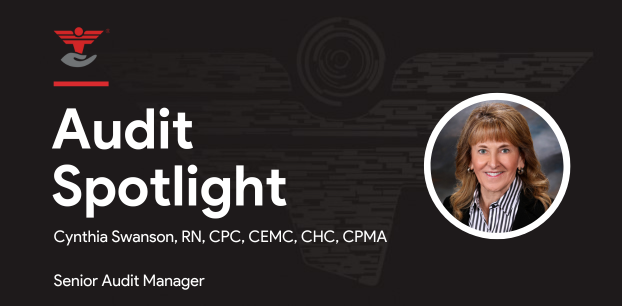
Claim Audit Reveals 720 Minutes of Overbilled Anesthesia Time
Background
ClaimDOC’s comprehensive line-by-line review of claims uncovers errors that basic claim repricing and auto-adjudication does not catch, leading to greater savings for health plans and its plan members. Our audit team analyzes all types of healthcare claims for a variety of potential concerns including excessive usual and customary charges, duplication of claims, incorrect coding, unbundling of services, and many others. Our claims review is not intended to impact care decisions or medical practice.
In this Audit Spotlight, we focus on identifying and addressing incorrect anesthesia time for anesthesia services being reported/billed on the CMS-1500 claim form/electronic equivalent.
As healthcare costs continue to climb an upward slope, there is an escalated need for a closer assessment of healthcare claims to assist in identifying improper medical billing errors and associated improper claim payments.
Anesthesia Services and Reimbursement
Anesthesia reimbursement is calculated using an anesthesia base unit, plus anesthesia time, multiplied by the applicable anesthesia conversion factor. Anesthesia modifiers also influence pricing.
Each anesthesia CPT procedure code (00100 to 01999) has an assigned anesthesia base unit. Base unit means the value for each anesthesia code that reflects all activities, other than anesthesia time. These activities include usual preoperative and postoperative visits, the administration of fluids and blood incident to anesthesia care, and monitoring services.
Anesthesia time as defined by Medicare means the time during which an anesthesia practitioner is present with the patient. It starts when the anesthesia practitioner begins to prepare the patient for anesthesia services and ends when the anesthesia practitioner is no longer furnishing anesthesia services to the beneficiary, that is, when the beneficiary may be placed safely under postoperative care. Anesthesia time is a continuous time period from the start of anesthesia to the end of an anesthesia service.
Anesthesia practitioner, for the purpose of anesthesia time, means a physician who performs the anesthesia service alone, a CRNA who is not medially directed and who performs the anesthesia service alone, or a medically directed CRNA.
The anesthesia conversion factor used to compute allowable amounts for anesthesia services under CPT codes 00100 to 01999 is specific to the date of service and the anesthesia provider’s location.
Case Scenario
A hospital in New Jersey billed anesthesia services on behalf of the anesthesia provider on the CMS-1500 claim form/electronic equivalent. The anesthesia CPT codes reported/billed included: CPT code 00918, with modifier AA, and CPT code 99140. The place of service code was reported as 22 – hospital outpatient and the diagnosis on the claim was ICD-10-CM code N20.0 – calculus of kidney.
ClaimDOC’s auditor’s eyes questioned the anesthesia time reported/billed on the anesthesiologist’s claim comprising a total of 806 minutes (13 hours, 26 minutes), taking more time to complete anesthesia than it should for the diagnosis code of, kidney stone.
Medical records were subsequently requested from the hospital to review/verify the time the anesthesia provider was present with the patient. According to medical record documentation by the anesthesiologist, the total time spent with the patient was 86 minutes. The anesthesia time reported/billed on the claim was 806 minutes, resulting in 720 minutes of anesthesia time being overbilled. Based on this information, the time units utilized for pricing resulted in 86 minutes, not 806 minutes.
Anesthesia Claim – Total Billed Charges $4,290
ClaimDOC pricing – $307.89 based on Medicare’s anesthesia reimbursement formula, with markup
Plan Savings: $3,982.11
Percentage of Savings: 93%
The Takeaway
Incorrect anesthesia time was reported/billed on the above anesthesia claim. The improper reporting of services, coding/billing errors, and egregious charges can complicate matters for members to understand their bills and payments, impact the collection of patient balances, build a reputation of providers charging high fees, create burdens for patients having no insurance and a host of others.
Given the volume of healthcare claims that are reported/billed each day by providers/suppliers, it is a given – medical bill errors are alarmingly common and lead to improper payments, potential waste, and abuse.
When an individual receives a healthcare bill that appears questionable/inappropriate, an inquiry to the provider and/or health plan should be made to obtain an explanation of the service(s) and corresponding charges.
Our goal at ClaimDOC is to use benchmark charges and costs nationally to negotiate fair and ethical payments. Our high-quality and expert review of claims identifies and prevents improper medical claim payments and maximizes long-term cost savings opportunities. Employers turn to us to establish fair reimbursement rates for their plans allowing them to save money and provide richer benefits to their employees. A win-win for everyone.